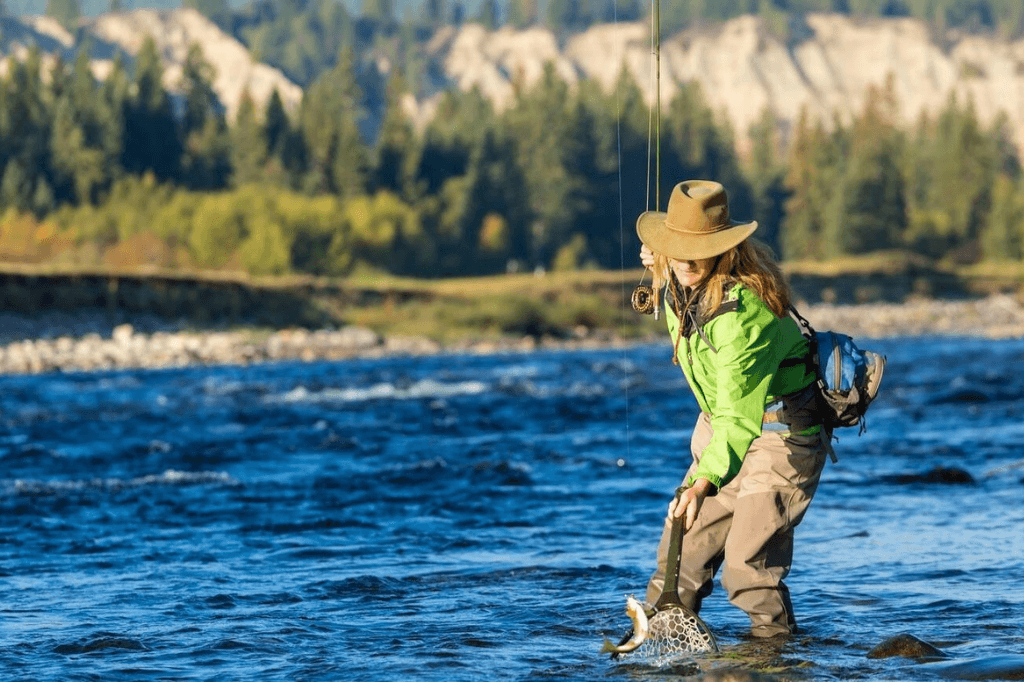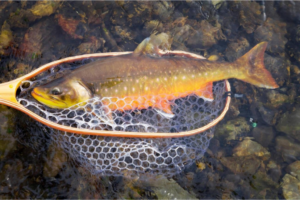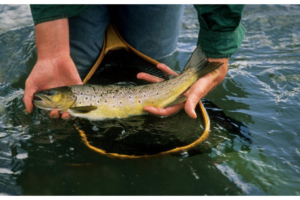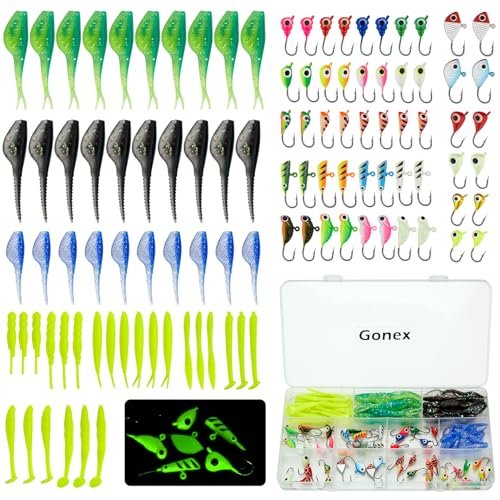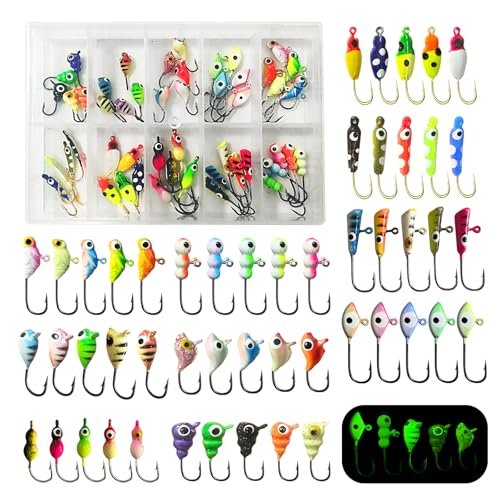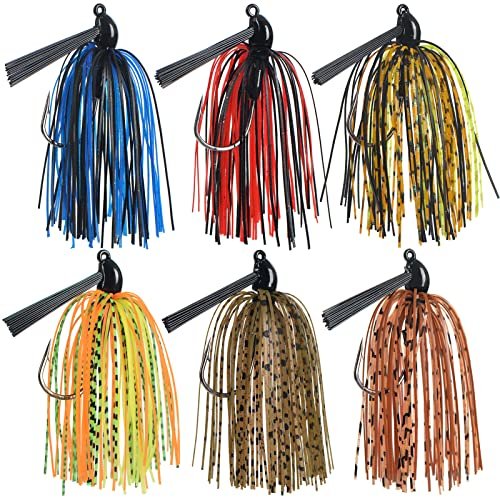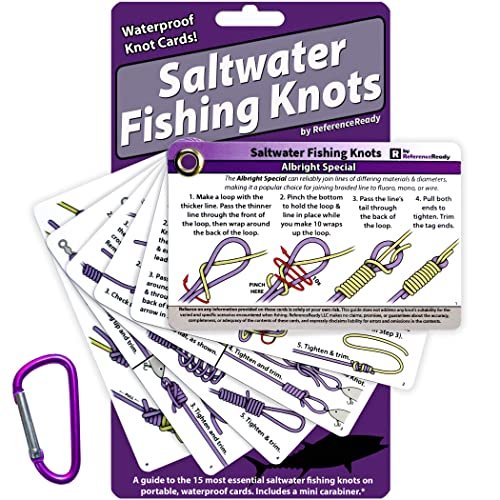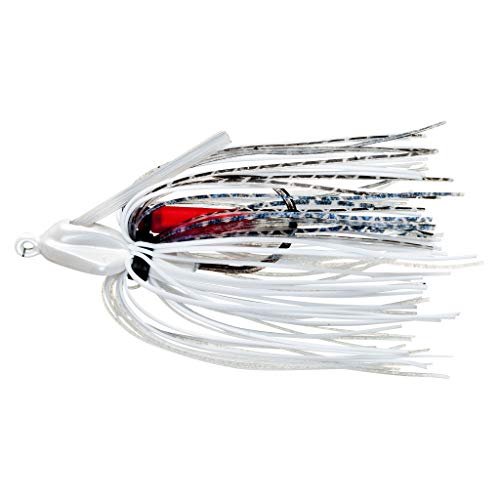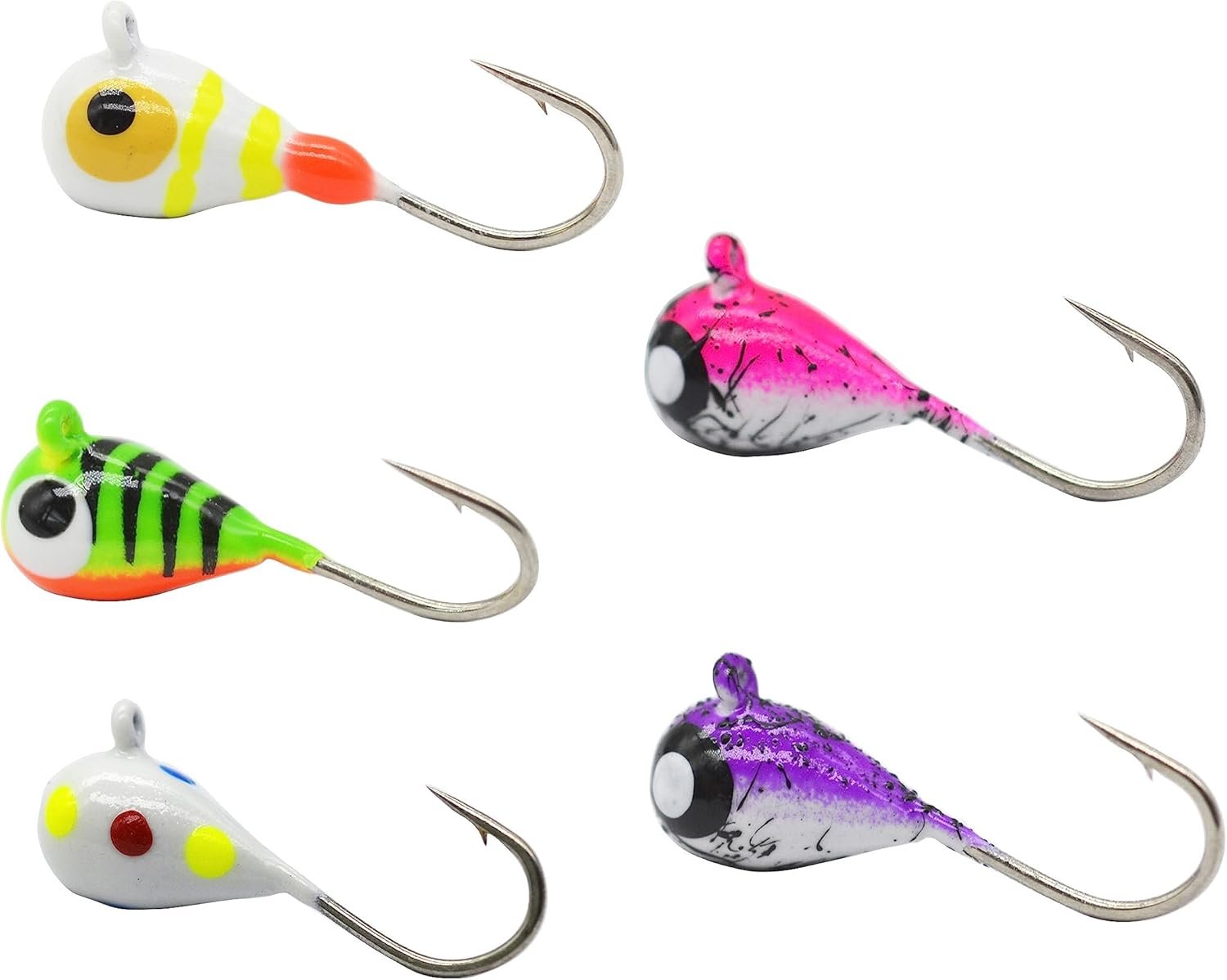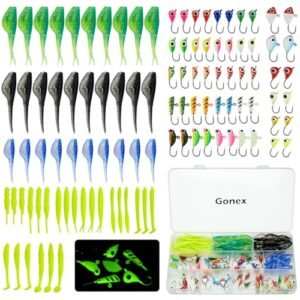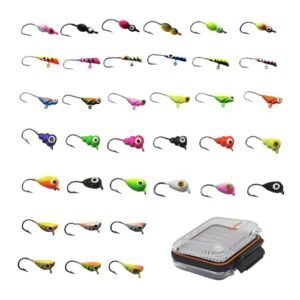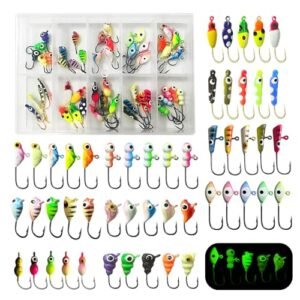Fly fishing enthusiasts understand the importance of a good net. It’s an indispensable tool that aids in the delicate process of catch and release. The right net ensures minimal stress to the fish, preserving the ecosystem. Typically made from soft, knotless mesh, these nets prevent damage to the fish’s protective slime coating.
The handles are often crafted from durable materials like aluminium or wood for a secure grip. They come in various shapes and sizes, catering to different fishing environments and target species. The design of a fly fishing net also considers the angler’s convenience, featuring compact and collapsible options for easy transport. Choosing the correct net enhances the overall fishing experience, making it not just more ethical but also more enjoyable.
The Art Of Fly Fishing
Fly fishing stands as a unique dance between angler and nature. It’s a sport requiring skill, patience, and the right tools. The net, a crucial piece of equipment, plays a pivotal role in the success of this artful pursuit. Let’s delve into the significance of the net and how fly fishing brings us closer to the natural world.
The Role Of The Net
Fly fishing nets assist in safely landing fish with care. These nets come in various sizes and materials, each suited for a different type of catch. A good net helps protect the fish’s slime coating, ensuring their health for release. Anglers choose their net based on the fishing environment and target species. Some key features of a fly fishing net include:
- Soft, fine mesh to prevent harm to the fish
- Durable frame materials like wood or composite
- A long handle for better reach
- Lightweight design for ease of use
Using a net correctly can mean the difference between a successful catch and a lost fish. It also ensures minimal stress to the fish, which is critical for conservation.
Connecting With Nature
Fly fishing offers a chance to immerse oneself in the outdoors. It’s more than just catching fish; it’s about connecting with the environment. The gentle flow of the river, the sound of wildlife, and the rhythm of casting the line all contribute to a profound experience. Some benefits of this connection include:
| Benefit | Description |
|---|---|
| Stress relief | Engaging with nature reduces stress and promotes relaxation. |
| Mindfulness | Focusing on the present moment sharpens awareness and concentration. |
| Physical exercise | Wading and casting provide a gentle, full-body workout. |
The art of fly fishing is not just about the thrill of the catch. It’s a way to bond with nature and appreciate the beauty and intricacies of our ecosystems.
Choosing The Right Net
Choosing the right fly fishing net is crucial for a successful catch. It ensures you can safely land and release fish. Let’s dive into what makes a good fly fishing net.
Material Matters
The material of your net is important. Nets come in different materials like rubber, nylon, and cotton. Each has its pros and cons.
- Rubber: Gentle on fish, easy to clean, and doesn’t tangle.
- Nylon: Lightweight but can harm fish slime and is prone to tangling.
- Cotton: Soft and fish-friendly but harder to maintain.
Choose rubber for a fish-friendly option. It helps protect the fish’s slime coat.
Size And Shape Considerations
The size and shape of your net matter too. They affect how you catch and release fish.
| Net Type | Best For |
|---|---|
| Teardrop | General use, versatile |
| Rectangular | Large fish, boat fishing |
| Circular | Quick scoops, kids |
Consider the fish you target and your fishing style. Size should match the average fish you catch.
Components Of A Fly Fishing Net
A fly fishing net is a must-have for any angler. Its components are crucial for a successful catch. Let’s dive into the key parts of a fly fishing net.
Handle Ergonomics
The handle is where your grip lives. It must feel right in your hand. A good handle:
- Is strong yet lightweight.
- Comes in materials like wood or carbon fiber.
- Has a comfortable grip for long use.
- Length varies for different fishing styles.
Netting Types
Netting is what holds your catch. Choose wisely. Types include:
| Type | Material | Benefits |
|---|---|---|
| Rubber | Synthetic | Safe for fish, durable |
| Nylon | Synthetic | Lightweight, inexpensive |
| Cotton | Natural | Gentle on fish |
Each type has its place. Rubber is best for catch and release. Nylon and cotton are more traditional but can harm the fish’s slime coat.

The Craftsmanship Of Nets
The Craftsmanship of Nets plays a pivotal role in fly fishing. A well-crafted net is not just a tool, but a piece of art. The choice between handmade and factory-made nets involves considerations of aesthetics, durability, and design. Anglers appreciate the tradition and care infused into each handmade net. Conversely, factory-made nets offer consistency and affordability. Let’s delve into the nuances of both types.
Handmade Vs. Factory-made
Handmade nets represent a legacy of fishing. Each one is unique. Craftsmen spend hours designing and creating these nets. They choose the finest materials. Their techniques ensure no two nets are the same.
Factory-made nets offer modern technology. They are produced in large quantities. This process ensures each net is identical. Manufacturers use advanced materials. These materials make the nets light and strong.
Durability And Design
Durability is key for any fly fishing net. Handmade nets often use traditional methods. These methods have withstood the test of time. Factory-made nets benefit from high-tech materials. These materials resist wear and tear.
Design is crucial for performance. Handmade nets boast intricate patterns. These patterns are not just beautiful. They also enhance the net’s functionality. Factory-made nets focus on ergonomic designs. These designs help anglers fish for longer periods.
| Type | Materials | Benefits |
|---|---|---|
| Handmade | Wood, Fibers | Unique, Traditional |
| Factory-made | Synthetics, Alloys | Consistent, Durable |
- Handmade nets may include personalized touches.
- Factory-made nets often come with warranties.
- Examine the net’s build quality.
- Consider the weight and feel of the net.
- Think about the net’s intended use.
On The Water: Net Use Techniques
Mastering net use is vital for fly fishing success. It ensures the safety of both fish and anglers. A well-handled catch guarantees a memorable experience. Explore effective techniques for using your fly fishing net on the water.
Proper Catch And Release
Timing is crucial in catch and release. Quick and efficient net use is key. Follow these steps to ensure a healthy release:
- Prepare your net before landing the fish.
- Lead the fish headfirst into the net.
- Keep the fish in water as much as possible.
- Remove the hook while the fish is in the net.
- Release quickly after revival to reduce stress.
Handling Fish Safely
Safe handling is essential for fish survival. Use these tips to handle fish with care:
- Wet your hands before touching the fish.
- Support the fish horizontally to protect its organs.
- Avoid squeezing the fish or touching its gills.
- Use a soft, knotless net to prevent scale damage.
Respect for aquatic life enhances the fly fishing experience. Proper technique and gentle handling ensure fish thrive for future anglers.
Accessorizing Your Fly Fishing Net
Stepping into the calm waters, every angler knows that a reliable fly fishing net is essential. Yet, a net is more than a tool—it’s a part of the fly fishing experience. Smart accessories can make your net handier, safer, and more personalized. Let’s explore the upgrades that can enhance your net’s functionality and style.
Magnetic Releases
Magnetic releases are a game-changer for fly fishers. They offer a secure and quick way to attach and detach your net from your vest or pack. With a strong magnet, you can effortlessly release your net to land a fish and snap it back into place when you’re done.
- Easy to use with one hand
- Prevents net loss
- Keeps your net within reach
Customization Options
Customizing your fly fishing net adds a personal touch and can improve your fishing experience. Consider these options:
| Customization | Benefits |
|---|---|
| Handle Grip | Better control and comfort |
| Lanyard | Quick access and security |
| Net Material | Gentle on fish, durable |
| Colour and Design | Visibility, personal style |
From ergonomic grips to colourful patterns, these options make your net unique and functional. They show your passion for the sport and can even improve your grip and the net’s visibility in the water.
Maintenance And Care For Longevity
Proper maintenance of your fly fishing net ensures it remains reliable and durable. Regular care prevents damage and extends the life of your net. Follow these tips to keep your net in top condition for years of successful fishing adventures.
Cleaning Best Practices
Rinse your net after each use to remove debris and dirt. Use fresh, cool water and avoid harsh chemicals that can damage the netting material. To tackle any stubborn grime, a soft-bristled brush can be gentle yet effective.
- Allow the net to air dry completely before storing.
- Never expose the net to excessive heat as it can weaken the fibers.
Storage Solutions
Proper storage is crucial for keeping your fly fishing net safe and intact. Find a cool, dry place away from direct sunlight to prevent the net from becoming brittle.
Consider these storage solutions:
| Storage Solution | Benefits |
|---|---|
| Wall-mounted racks | Keeps nets off the ground and avoids deformation. |
| Nets with a hanging loop | Convenient for hanging and ensures proper shape. |
| Custom storage cases | Protects from dust and pests when not in use. |
Remember to inspect your net regularly for any signs of wear and tear. Prompt repairs can prevent further damage and maintain the net’s integrity.
Fly Fishing Net Etiquette
Let’s dive into Fly Fishing Net Etiquette. This part is crucial for both new and seasoned anglers. It ensures we respect nature and each other while enjoying our hobby. Follow these guidelines to make every fishing trip memorable and respectful.
Respect For Wildlife
Always handle fish with care. This is a must. Use a net made of soft, fish-friendly material. Quick release the fish back into the water. This helps them survive and thrive.
- Wet your hands before handling fish. This protects their slime coat.
- Use barbless hooks for easier, less harmful catch and release.
- Avoid taking fish out of water for long. Quick photos only.
Sharing The Waterways
Fly fishing is more fun when we share the water respectfully. Here’s how:
- Give space. Don’t crowd other anglers. Everyone deserves a good spot.
- Communicate. Talk to others if moving closer. A simple “hello” works wonders.
- Leave no trace. Take all your trash with you. Keep the waters clean for everyone and wildlife.
The Future Of Fly Fishing Nets
As fly fishing evolves, so does the gear that accompanies it. Fly fishing nets are no exception. The future of fly fishing nets looks bright, with cutting-edge designs and sustainable practices leading the way. Let’s dive into the latest trends that are shaping the future of this essential fishing tool.
Innovations In Net Design
New materials and technology are revolutionizing fly fishing nets. Lightweight, durable, and with better grip, these nets make the fishing experience smoother.
- Carbon Fiber Frames – Offer strength without added weight.
- Rubberized Nets – Gentle on fish and less prone to tangling.
- Collapsible Designs – Easy transport and storage.
Manufacturers now focus on ergonomic handles that reduce strain on the angler’s hand. Magnetic release systems provide quick access when a fish is on the line.
Sustainability In Fishing Gear
The push for sustainability is strong in fly fishing. Eco-friendly materials and responsible production practices are in demand.
- Recycled Materials – Nets made from post-consumer plastics.
- Biodegradable Components – Less impact on the environment after use.
- Ethical Manufacturing – Ensures fair labor and reduces carbon footprint.
Companies are also implementing repair programs. These extend the life of fly fishing nets, reducing waste and saving money for anglers.
Frequently Asked Questions
Is A Net Necessary For Fly Fishing?
A net is not essential for fly fishing, but it aids in safely landing and releasing fish.
What Kind Of Net For Fly Fishing?
For fly fishing, opt for a rubber-coated net. It’s gentle on fish, reduces tangles, and facilitates easy hook removal. Choose a size and shape that matches your target species and fishing environment.
How To Carry A Net While Fly Fishing?
Choose a lightweight, collapsible net with a belt clip or magnetic release for easy transport while fly fishing. Attach it to your vest or pack for quick access when needed.
How To Net A Fish While Fly Fishing?
Ensure your fish tires before netting it. Steer it gently using your rod. Submerge the net in water. Lead the fish headfirst into the net. Lift the net swiftly to secure the catch.
Conclusion
Selecting the right fly fishing net enhances your angling experience significantly. It’s not just about the catch; it’s also about the care for the fish and the environment. Remember, a good net serves as a bridge between novice attempts and expert achievements.
Make your choice wisely, and happy fishing!

